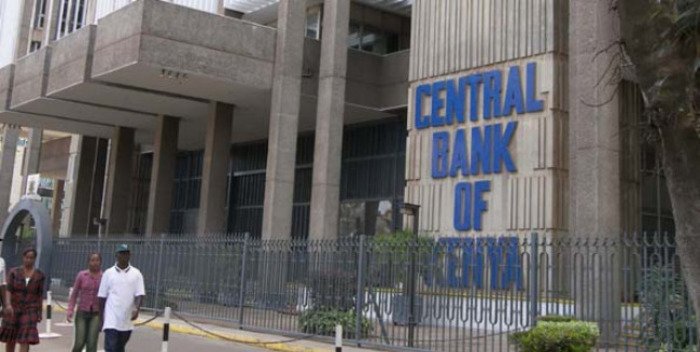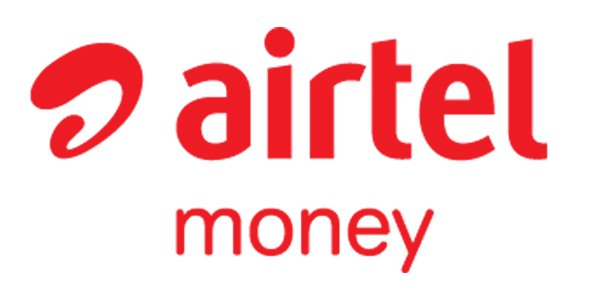Fitch Ratings has affirmed Kenya's Long-Term Foreign-Currency Issuer Default Rating (IDR) at 'B+' with a Negative Outlook.
A full list of rating actions is at the end of this rating action commentary.
Key Rating Drivers
Fiscal, External Risks Keep Outlook Negative: Kenya's 'B+' rating is supported by a record of strong growth and relative macroeconomic stability. Additionally, the USD2.4 billion IMF programme is a policy anchor and contributes to external financing sources. These positive factors are balanced against elevated public debt, high net external indebtedness, and GDP per capita and governance indicators that are below the 'B' range median. The Negative Outlook reflects uncertainty about planned fiscal consolidation and risks to economic growth around the August 2022 general election. Furthermore, the surge in global commodity prices puts upward pressure on inflation and the current account deficit (CAD).
Public Finances Key Rating Weakness: Kenya's government will make some progress on fiscal consolidation, but fiscal deficits will remain high as we expect tax revenue/GDP below pre-pandemic levels throughout the forecast period. High levels of tax expenditure and poor compliance have left Kenya with a declining tax base in recent years. Outturns for the first half of the fiscal year ending June 2022 (FY22) show above target revenue performance and a deficit below the half-year target. Fitch forecasts the general government deficit to narrow to 7.8% of GDP from 8.2% in FY21. We expect the FY23 fiscal deficit to narrow further, to 6.8% of GDP, as relatively strong growth and improvements in tax administration raise revenue performance. However, this is still well above the 'B' median fiscal deficit forecast of 3.7% of GDP.
Public Debt Burden Remains Significant: Fitch forecasts general government debt to rise to 69% of GDP in FY22 and to plateau at approximately 70% over the medium term, in line with rating peers. We forecast debt-to-revenue to fall to 424%, down from 434% in FY21 but higher than the 'B' median forecast of 321%. At 28.8% of revenue, interest payments are similarly higher than rating peers and are likely to increase as the government increases its call on domestic debt markets for fiscal financing. Global financing pressures, exacerbated by the Russia-Ukraine crisis and the impact on commodity prices, could limit the government's external financing options in the current fiscal year. We expect Kenya to comfortably meet its average external amortisation of USD2.3 billion (1.8% of GDP) in FY22 and FY23, but a USD2 billion Eurobond repayment in June 2024 will raise FY24 external debt servicing needs.
Growth Has Recovered: Fitch estimates real GDP growth of 6.5% in 2021 after a 0.3% contraction in 2020 at the height of the pandemic. In 2022, we expect the services sectors to continue their post-pandemic recovery and agriculture to recover from negative growth in 2021 owing to adverse weather conditions. However, we forecast growth to slow to 6%, as the August 2022 general election poses downside risks to growth in 2Q22 and 3Q22. Our base case sees a moderate level of disruption in line with the 2017 election but well below the violence experienced in 2007 and 2012. We expect medium-term growth potential to remain at approximately 6%.
Inflation Pressures to Resume: Average annual inflation accelerated to 6.1% in 2021, though inflation fell to 5.7% in December 2021 and further to 5.1% in February 2022. Fitch forecasts a resurgence in food and fuel inflation leading to an annual average of 6.5% in 2022; although a fuel subsidy funded by the Petroleum Regulatory Levy will help limit fuel inflation in the near term. At its most recent monetary policy committee meeting, the Central Bank of Kenya stated that inflation expectations were anchored within its inflation target of 5%+/-2.5pp. We expect increasing inflationary pressures are likely to lead the central bank to tighten monetary policy and to continue FX market interventions that will limit imported inflation.
Current Account Deficits Remain Wide: Higher energy imports are contributing to a widening of the CAD, which increased to 5.5% of GDP in 2021 from 4.7% in 2020. Improving export performance and robust remittance flows will help to contain the CAD to 7% of GDP in 2022. We forecast wider CADs to lower reserves to USD8.2 billion, or 3.5 months of current external payments in 2022, and bring net external debt to 41% of GDP, well above the 'B' median of 25.8%. In 2021, Kenya's external debt service, at 21.1% of current external receipts, was just above the 'B' median of 19.5%, but we forecast it to fall to 18.3% by 2023. Kenya will meet its external financing requirements through a combination of multilateral debt disbursements, private external borrowing and increasing foreign direct investment inflows.
ESG - Governance: Kenya has an ESG Relevance Score (RS) of '5' for both Political Stability and Rights and for the Rule of Law, Institutional and Regulatory Quality and Control of Corruption. Theses scores reflect the high weight that the World Bank Governance Indicators (WBGI) have in our proprietary Sovereign Rating Model. Kenya has a low WBGI ranking at 29.6 reflecting the absence of a recent track record of peaceful political transitions, relatively weak rights for participation in the political process, weak institutional capacity, uneven application of the rule of law and a high level of corruption.
RATING SENSITIVITIES
Factors that could, individually or collectively, lead to negative rating action/downgrade:
- Public Finances: A failure to stabilise government debt/GDP at current levels, for example owing to a failure to reduce sufficiently the fiscal deficit.
- External Finances: Signs that the servicing or refinancing of external debt could become more challenging and costlier, or increases in net external debt, for instance through a widening of the CAD resulting from a sustained fall in exports, remittances, and other external receipts.
- Macro: A weaker-than-expected GDP growth trajectory, for instance due to political instability around elections or macroeconomic instability arising from higher global commodity prices.
Factors that could, individually or collectively, lead to positive rating action/upgrade:
- Public Finances: A credible fiscal consolidation plan that reduces the budget deficit to levels that place government debt/GDP on a downward trajectory.
- External Financing: A significant decline in net external indebtedness, for example through higher foreign direct investments or a narrowing of the CAD.
Sovereign Rating Model (SRM) and Qualitative Overlay (QO)
Fitch's proprietary SRM assigns Kenya a score equivalent to a rating of 'CCC+' on the Long-Term Foreign-Currency (LT FC) IDR scale.
Fitch's sovereign rating committee adjusted the output from the SRM to arrive at the final LT FC IDR by applying its QO, relative to SRM data and output, as follows:
- Structural: +2 notches, to adjust for the negative impact of the SRM on Kenya's take-up of the DSSI, which prompted a reset of the 'years since default or restructuring event' variable. The reset subtracts 2 notches from the model, but we judge that Kenya's DSSI participation, unlike some other forms of re-structuring, does not signal reduced capacity and willingness to meet obligations to private-sector creditors beyond other factors incorporated in the rating.
- Macro: +1 notch, to offset the deterioration to the real GDP growth and GDP volatility variables in the SRM driven by the impact of the Covid-19 shock, which would otherwise add excessive cyclicality to the rating. The deterioration reflects a substantial and unprecedented exogenous shock that has hit the vast majority of sovereigns. Fitch believes that Kenya has the capacity to absorb this shock without lasting effects on its long-term macroeconomic stability.
Fitch's SRM is the agency's proprietary multiple regression rating model that employs 18 variables based on three-year centred averages, including one year of forecasts, to produce a score equivalent to a LT FC IDR. Fitch's QO is a forward-looking qualitative framework designed to allow for adjustment to the SRM output to assign the final rating, reflecting factors within our criteria that are not fully quantifiable and/or not fully reflected in the SRM.































